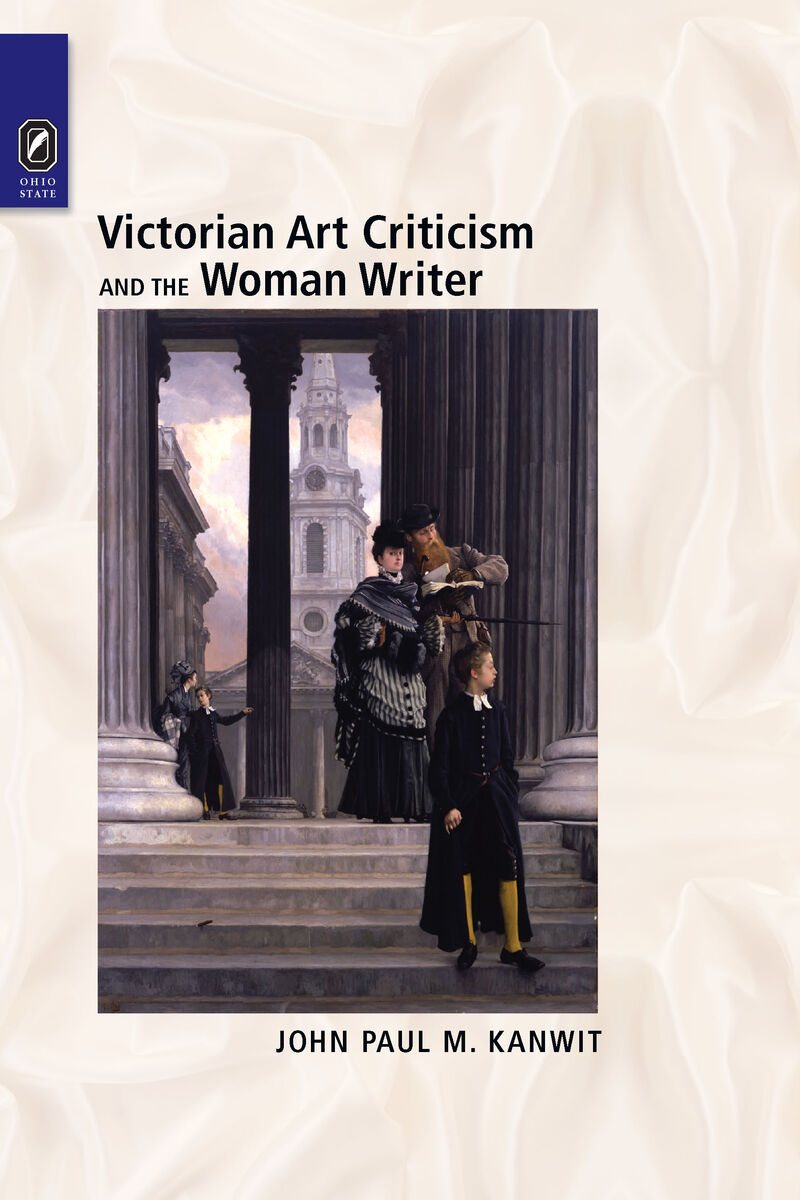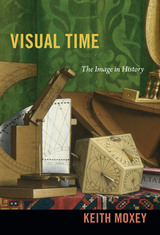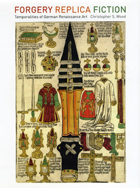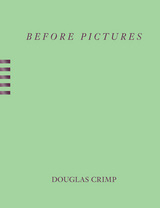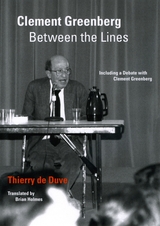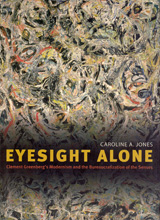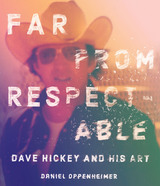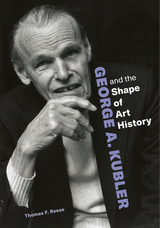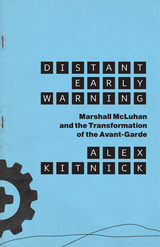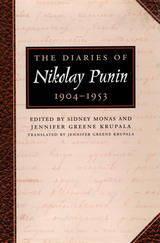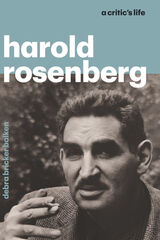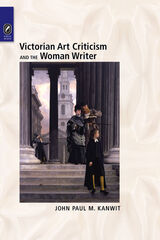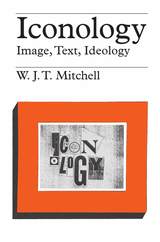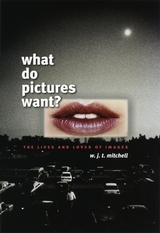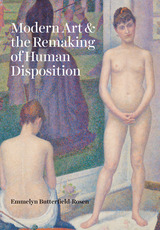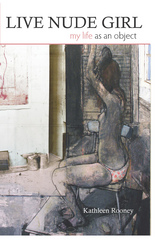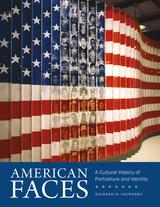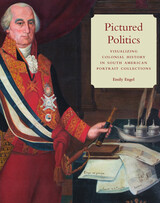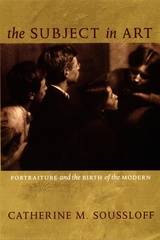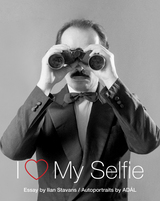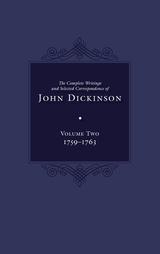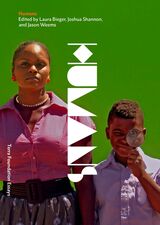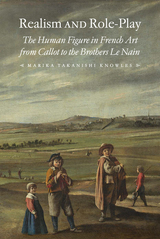Victorian Art Criticism and the Woman Writer
The Ohio State University Press, 2013
Cloth: 978-0-8142-1218-9 | eISBN: 978-0-8142-7953-3 | Paper: 978-0-8142-5652-7
Library of Congress Classification N7485.G7K36 2013
Dewey Decimal Classification 701.180820941
Cloth: 978-0-8142-1218-9 | eISBN: 978-0-8142-7953-3 | Paper: 978-0-8142-5652-7
Library of Congress Classification N7485.G7K36 2013
Dewey Decimal Classification 701.180820941
ABOUT THIS BOOK | AUTHOR BIOGRAPHY | REVIEWS | TOC
ABOUT THIS BOOK
Victorian Art Criticism and the Woman Writer by John Paul M. Kanwit examines the development of specialized art commentary in a period when art education became a national concern in Britain. The explosion of Victorian visual culture—evident in the rapid expansion of galleries and museums, the technological innovations of which photography is only the most famous, the public debates over household design, and the high profile granted to such developments as the Aesthetic Movement—provided art critics unprecedented social power. Scholarship to date, however, has often been restricted to a narrow collection of male writers on art: John Ruskin, Walter Pater, William Morris, and Oscar Wilde.
By including then-influential but now lesser-known critics such as Anna Jameson, Elizabeth Eastlake, and Emilia Dilke, and by focusing on critical debates rather than celebrated figures, Victorian Art Criticism and the Woman Writer refines our conception of when and how art criticism became a professional discipline in Britain. Jameson and Eastlake began to professionalize art criticism well before the 1860s, that is, before the date commonly ascribed to the professionalization of the discipline. Moreover, in concentrating on historical facts rather than legends about art, these women critics represent an alternative approach that developed the modern conception of art history. In a parallel development, the novelists under consideration—George Eliot, Charlotte Brontë, Anne Brontë, and Elizabeth Gaskell—read a wide range of Victorian art critics and used their lessons in key moments of spectatorship.
This more inclusive view of Victorian art criticism provides key insights into Victorian literary and aesthetic culture. The women critics discussed in this book helped to fashion art criticism as itself a literary genre, something almost wholly ascribed to famous male critics.
See other books on: Art criticism | English literature | English, Irish, Scottish, Welsh | Woman Writer | Women authors
See other titles from The Ohio State University Press
